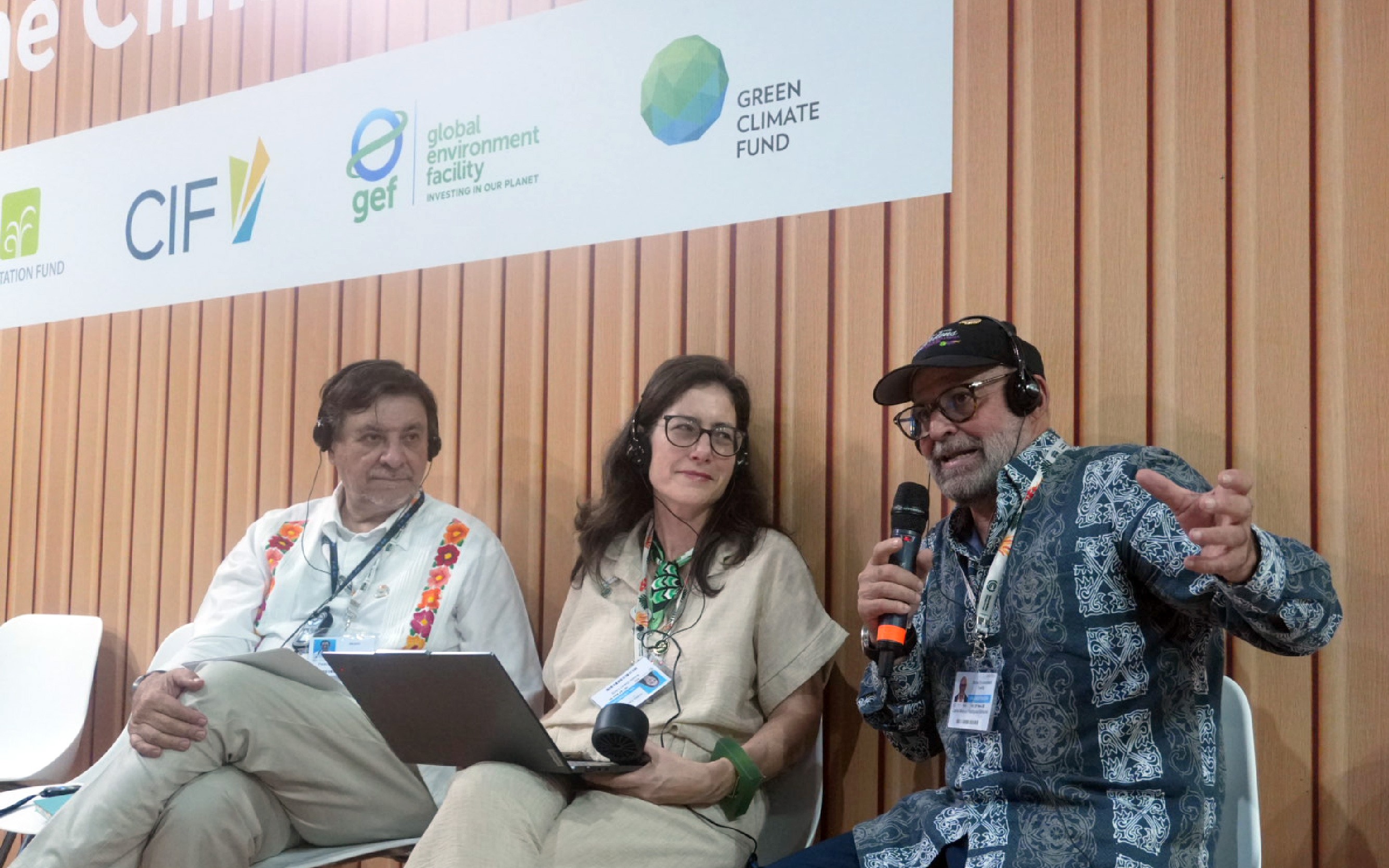FMCN
Aquaculture Diagnosis in Mexico
Aquaculture is internationally identified as one of the best alternatives for producing high-quality food with a low environmental impact compared to other agri-food activities. It is an activity that depends on a relatively high level of technology, which is why its boom coincides with the stage of the greatest scientific advances in mankind.
Particularly in Mexico, between 2013 and 2018, aquaculture has been able to generate on average of 230,000 tons per year of crustaceans and fish, with a value of 15 billion pesos per year, contributing 40% of the value of the total production of fish and seafood in the country, reaching a growth rate of 6% per year until 2018. This industry employs more than fifty thousand people in 31 states, where more than 70 species have been cultivated in all aquatic environments (marine, brackish, and freshwater). Such is its importance that in recent years, the promotion of aquaculture at the national level has been established as a strategic project to increase production by up to 20% in the coming years.
However, there are obstacles to achieving the objective of increasing aquaculture production while ensuring a healthy environment. Therefore, it is very important to have adequate and updated political, legal, social, financial, and technological tools to guarantee the comprehensive development of this activity, where the participation of the public, private, academic, and civil society sectors is crucial.
The "Aquaculture Diagnosis in Mexico" contains a review of the current state of national aquaculture and future challenges, where the audience will be able to understand the context in which this activity is carried out in Mexico, identifying strengths and areas of opportunity.
For more information, please get in touch with Leonardo Vázquez Vera, a biologist at the Universidad Autónoma de Yucatán and editor of the document, at lvazquez.vera@gmail.com.
To read the book, click here.


